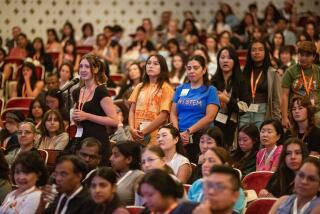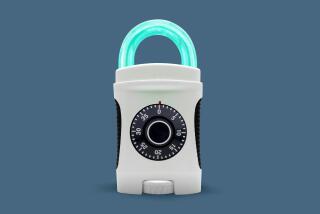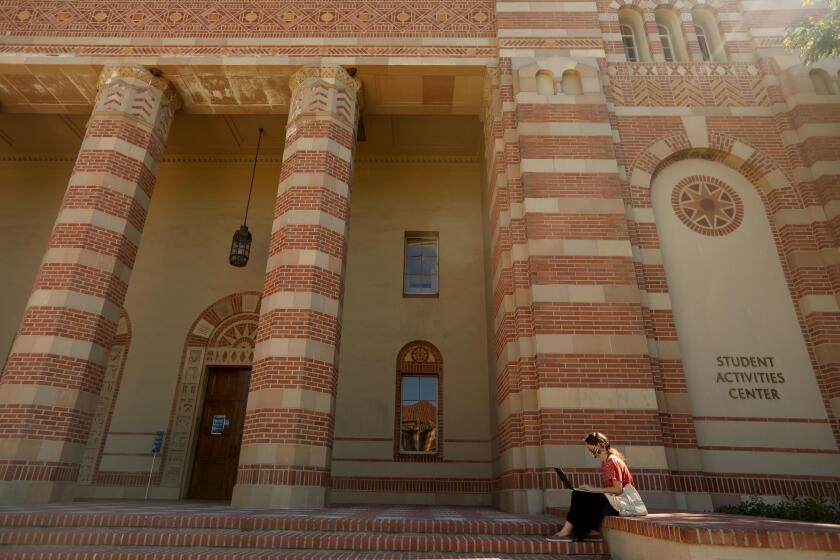Look, Ma, I Cracked a Safe!
- Share via
Youre learning to crack open a safe? This is a class?
So what should a group of Los Angeles parents think when their kids come home from school and announce theyve joined an international competition in safecracking and safe buildingthat their team will be involved in not only building a safe (a good skill) but breaking into those constructed by others (um, potentially a felonious skill)? Is this some nefarious way to train the next generation of high-tech criminals? Well, no, its actually a way to entice high schoolers into a life of science.
The Shalheveth Freier Physics Tournament of the Young@Science program at the Weizmann Institute of Science in Rehovot, Israel, is a fixture for that countrys high school junior and senior physics students, who can enter the contest as an equivalency for the physics exit exam. The competition is a magnet for high schoolers worldwide. Teams of five are welcome to enterthe only prerequisites are that they be enrolled in advanced physics classes and speak English and/or Hebrew.
Shira Epstein was a senior at Milken Community High School in Los Angeles when she entered in the spring of 2008. When asked how she heard about the competition, she said, Through the grapevine. Turns out the contest is well known in the techie-science world.
How does it work? Epstein looks down, as if weighing how to convey the situation to the physics bereft: Well, the contest is about creating a puzzle. Challenges are built in. The team came up with a concept for a safe, wrote the proposal and submitted it. The fun began when we had to build the actual safe. We did all the work ourselves. And in a time when schools rarely offer shop classor have access to shop instructorswhat we didnt know, we had to learn ourselves, like drilling, soldering and sawing. It was DIY science!
Front and center on the Milken teams safe (a Plexiglas box) was a joystick that seemingly controlled a claw mechanism. (Think of those coin-operated arcade attractions where you never actually grab a toy.) They, however, were diversions. In fact, there were two parts to solving the puzzle that scored you the combination to the lock that secured the safeand both required knowledge of the principles of physics.
The first step involved retrieving a disk magnet at the bottom of the safe through a hole in the top (and no, turning over and shaking the safe was not part of the plan) by creating an electromagnetic field with a coiled copper wire affixed to the top of the box and the batteries inside. Part two required building a rudimentary speaker with the retrieved magnet and wires to hear the combination to the lock played on an iPod at the front of the safe.
Howd Milken do? Came in 10th out of 30, Epstein said. Were there prizes just for finding the solution? Well, we borrowed a large faux emerald from our schools production of The Wizard of Oz, but the solvers couldnt keep it.
And far from the life of crime some might envision for a group of students intrigued by a safecracking competition, all of the Milken members who were seniors headed off to top universities: Epstein and Asher Vollmer attend USC; Daniel and Richard Dahan, one half of a set of quadruplets, chose MIT; and Jeffrey Gorman is at the University of Washington. David Bloch, now a Milken senior, will be helming the schools next safecracking team this spring. Let the competition continue.






